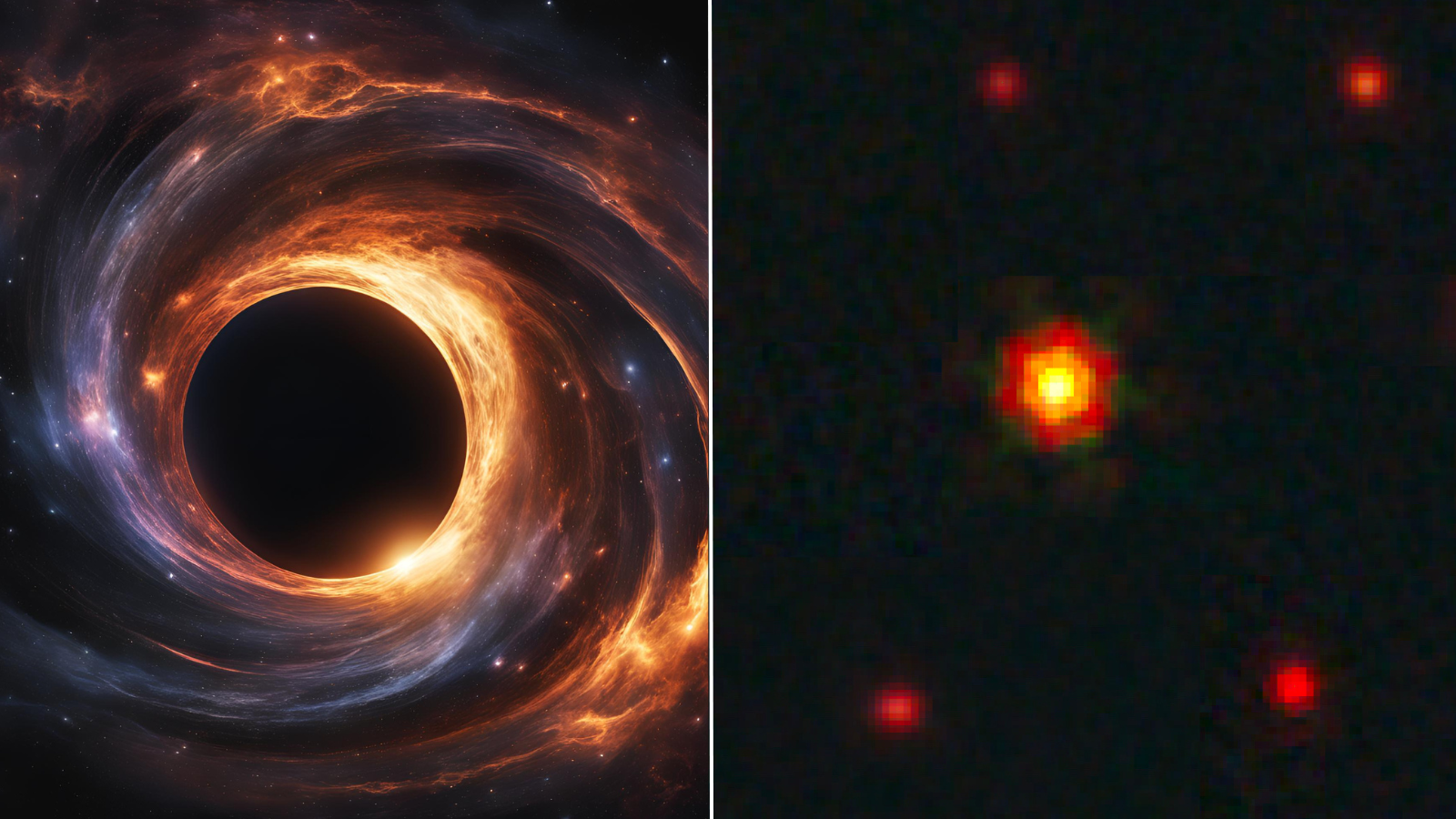Using the James Webb Space Telescope, astronomers have discovered a ravenous supermassive black hole that existed during a period of the cosmos called “cosmic noon” that occurred around 4 billion years after the Big Bang. The discovery could…
James Webb Space telescope spots ‘big red dot’ in the ancient universe: A ravenous supermassive black hole named ‘BiRD’
